Welcome to Jomfruland National Park
Welcome to Jomfruland National Park.
Jomfruland National Park covers an area of approximately 116.7 square kilometers. 98% of the national park is under water and consists of kelp forests, eelgrass beds, soft seabed, shell sand and glacial deposits. On land, the national park has an important cultural landscape and perhaps the finest forest garden fields in the country.
Welcome to Jomfruland National Park
Welcome to Jomfruland National Park.
Jomfruland National Park covers an area of approximately 116.7 square kilometers. 98% of the national park is under water and consists of kelp forests, eelgrass beds, soft seabed, shell sand and glacial deposits. On land, the national park has an important cultural landscape and perhaps the finest forest garden fields in the country.
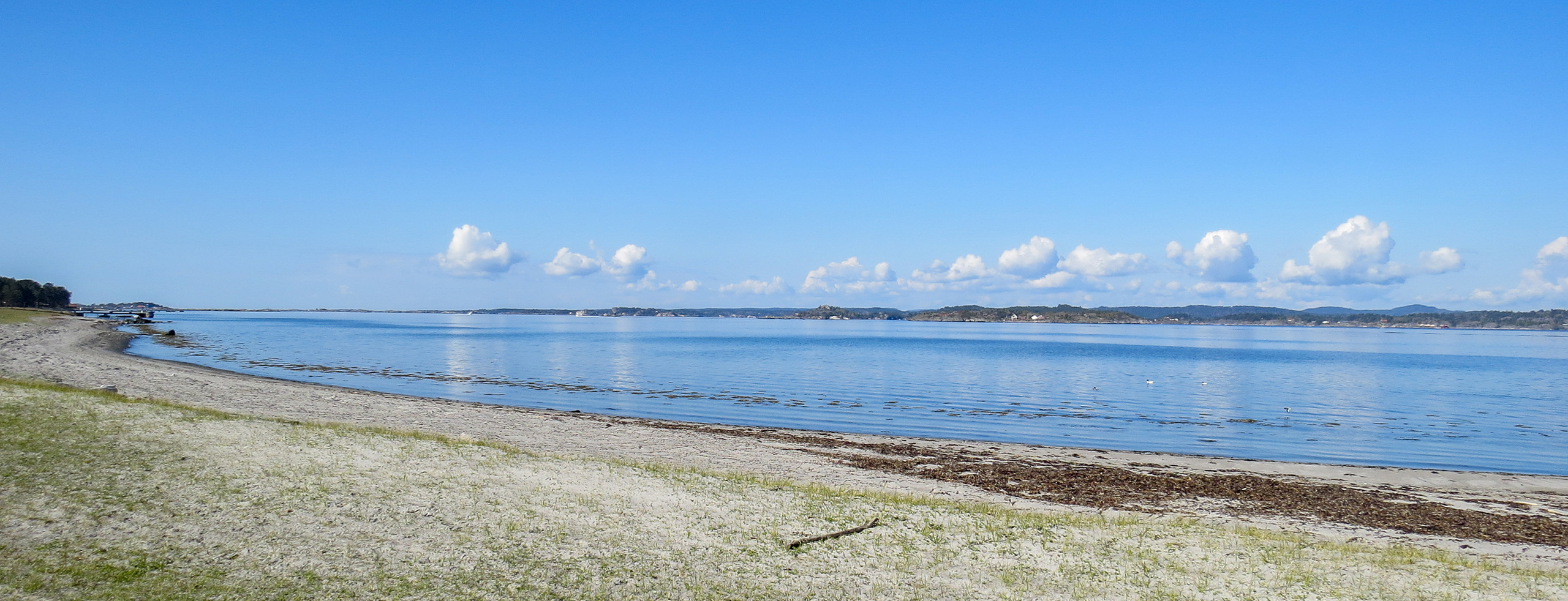

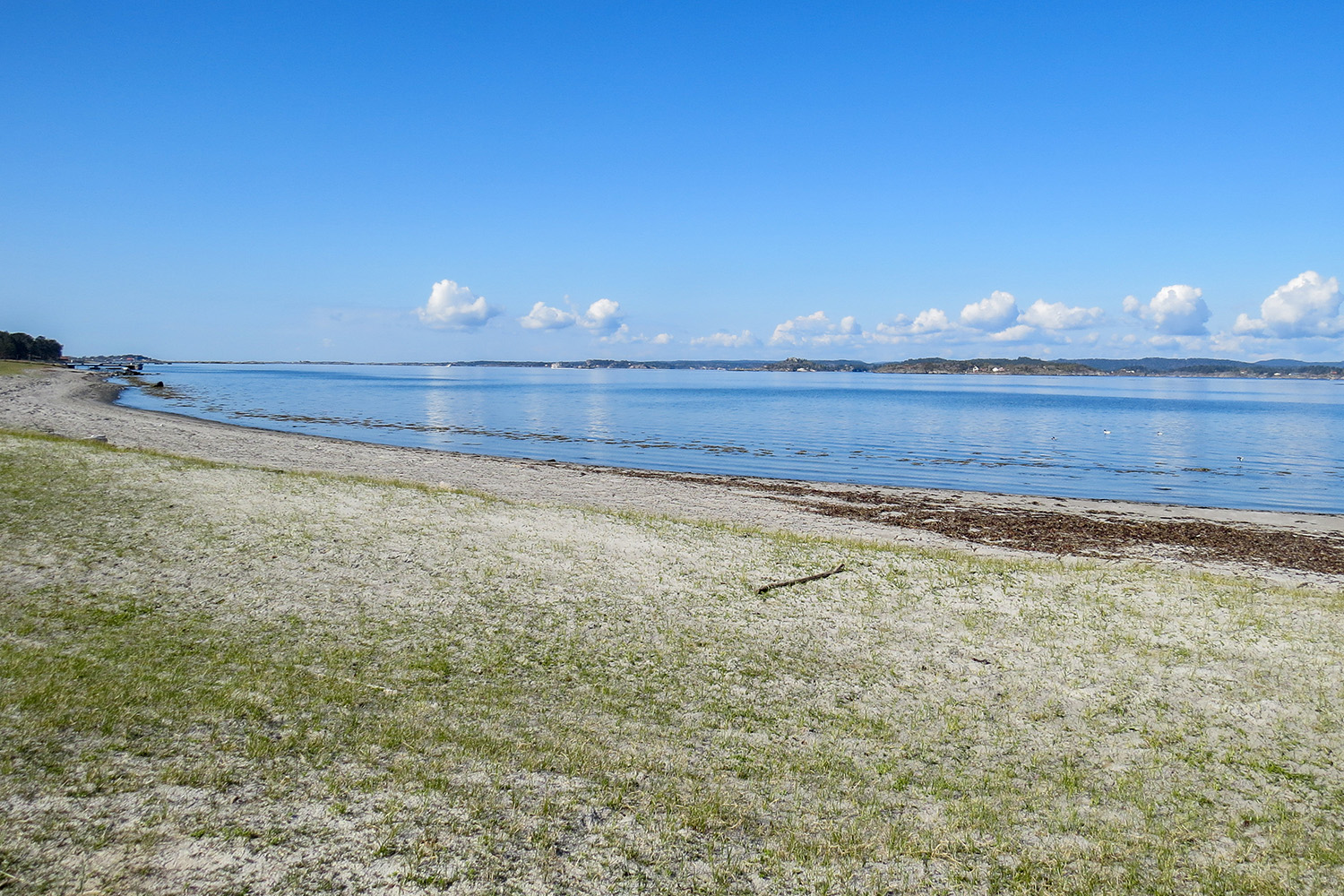
A marine national park
The sea and seabed make up by far the largest part of the national park. Approximately 15,000 acres of kelp forests, eelgrass meadows, soft bottom, shell sand and ice edge deposits have national value as habitat types. The habitat types have important ecological functions both inside and outside the national park, including as nursery areas and habitats for fish and shellfish. They also provide important ecosystem services for us humans.
A separate information brochure has been prepared for the national park. The brochure is available in Norwegian, German and English.
Link to the Norwegian version of the information brochure for the national park.
Link to the English version of the information brochure for the national park.
Link to the Norwegian edition of the information brochure for the national park.
A marine national park
The sea and seabed make up by far the largest part of the national park. Approximately 15,000 acres of kelp forests, eelgrass meadows, soft bottom, shell sand and ice edge deposits have national value as habitat types. The habitat types have important ecological functions both inside and outside the national park, including as nursery areas and habitats for fish and shellfish. They also provide important ecosystem services for us humans.
A separate information brochure has been prepared for the national park. The brochure is available in Norwegian, German and English.
Link to the Norwegian version of the information brochure for the national park.
Link to the English version of the information brochure for the national park.
Link to the Norwegian edition of the information brochure for the national park.
A marine national park
The sea and seabed make up by far the largest part of the national park. Approximately 15,000 acres of kelp forests, eelgrass meadows, soft bottom, shell sand and ice edge deposits have national value as habitat types. The habitat types have important ecological functions both inside and outside the national park, including as nursery areas and habitats for fish and shellfish. They also provide important ecosystem services for us humans.
A separate information brochure has been prepared for the national park. The brochure is available in Norwegian, German and English.
Link to the Norwegian version of the information brochure for the national park.
Link to the English version of the information brochure for the national park.
Link to the Norwegian edition of the information brochure for the national park.
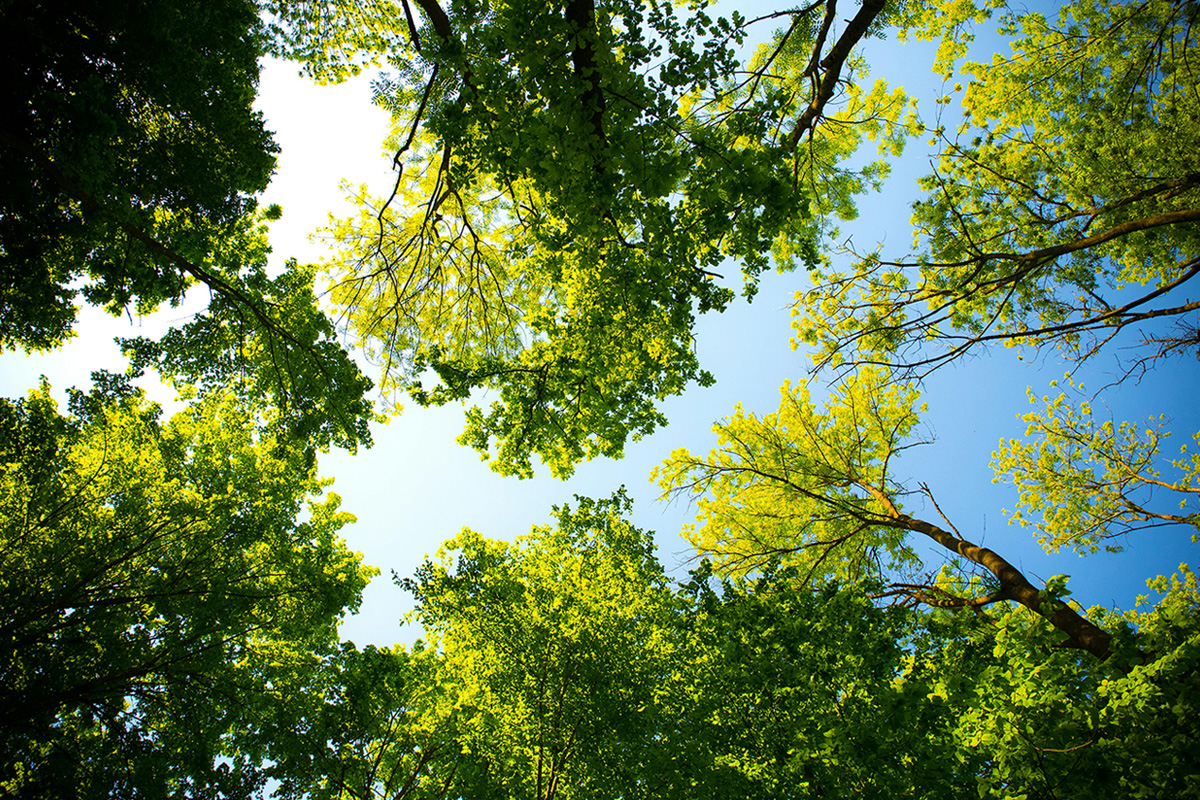
Seabirds and marine mammals
There are many seabirds in the shallow areas north of Stråholmen, between Jomfruland and Stråholmen and south of Jomfruland. There are several important breeding areas for seabirds in the national park and a permanent population of seals.
Onshore habitats
Jomfruland has perhaps the finest coastal forest garden fields in the country and large coastal scrub. The sandy coastal vegetation on Jomfruland is of national value, and the sand dunes are the largest in Norway. On Stråholmen there are salt marshes, seaweed and kelp beds and brackish water ponds of possible international value.
Species diversity on land
The land area of 2,600 hectares makes up only about two percent of the national park, but with a wide variety of habitats, the areas are very species-rich in a Norwegian context.
Jomfruland and Stråholmen are very important resting areas for birds during migration. In the north of Jomfruland and on Stråholmen, nightingales, whitethroats and occasionally whitethroats and rosefinches nest. Jomfruland Bird Observatory has recorded over 320 bird species. More have been recorded on Lista alone in Norway.
The national park is home to highly endangered plant species such as sea buckthorn, sodawort, strawberry clover, feathered hay moss and yellow horned poppy. The area is also one of the country's most important areas for plants with genetic resource value for food and agriculture.
The forest garden fields on Jomfruland are important for wood and field fungi. The old oak/hazel forest and oak giants are habitats for many beetle species. The dry areas on Jomfruland and Stråholmen are particularly important for pasture fungi. The open and sunny sandy ground north of Jomfruland is a hot spot for beetles and butterflies.
Taking all organism groups together, 154 species are listed on the Norwegian Red List.
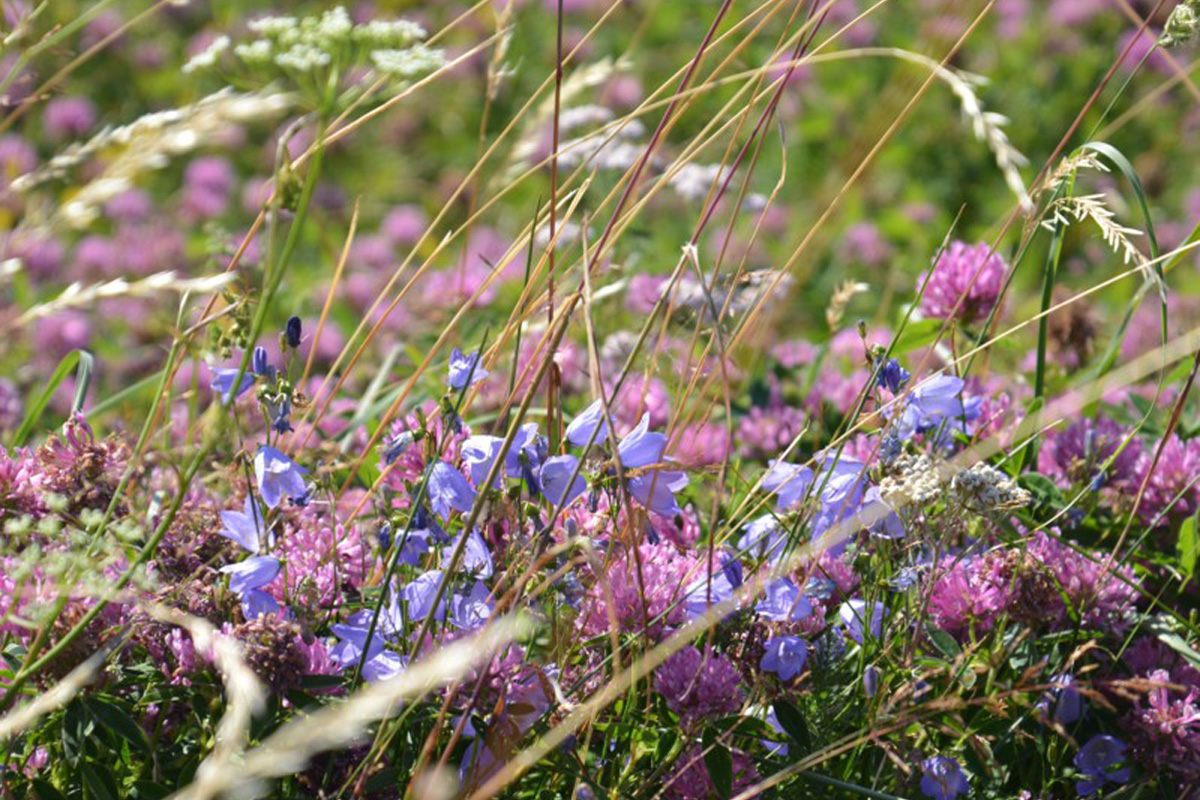
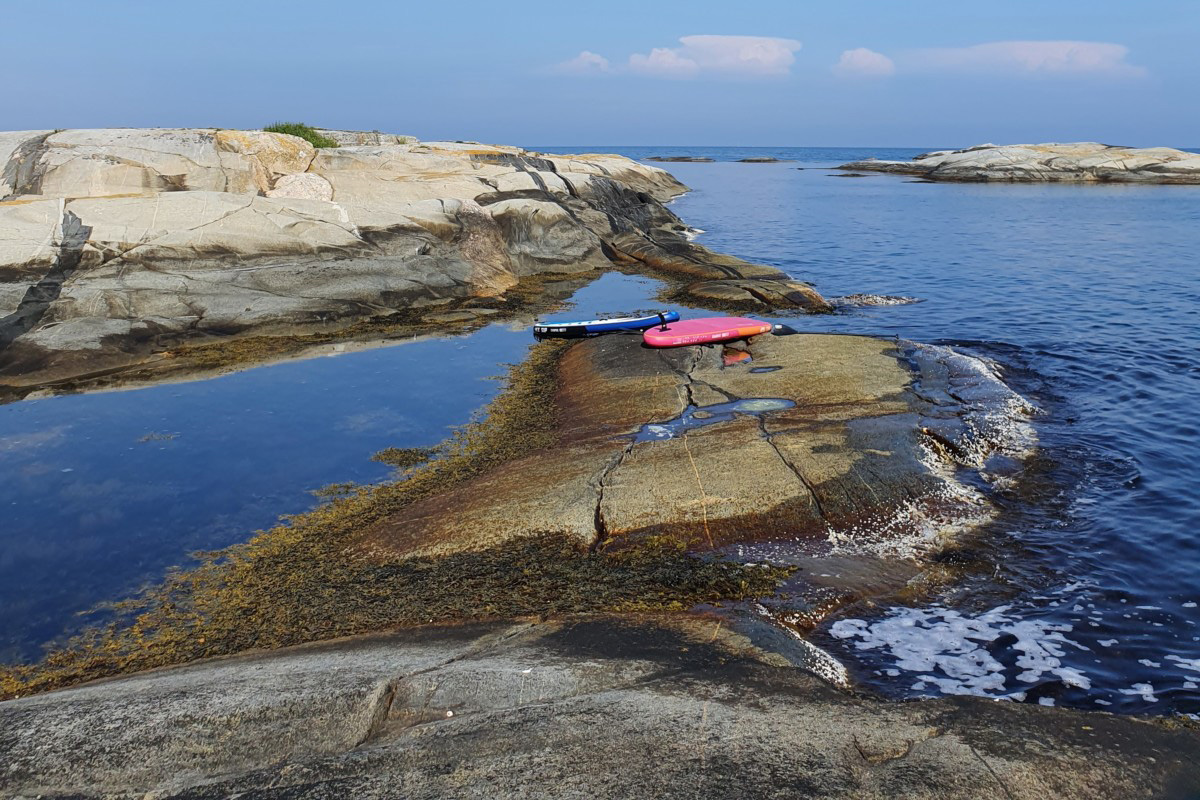
Ice and sea have shaped the landscape
Raet dominates the entire length of the national park, both in the sea and on land. The pebble beach outside Jomfruland is almost seven kilometers long and the longest open pebble beach in the Skagerrak area. In several places on the islets and at Stangnes, there are nice, even rocks and potholes.
Landscape values
There are many stone fences on both Stråholmen and Jomfruland that divide the landscape and give it its distinctive character. Approximately 700 hectares of the area in the national park on Jomfruland and Stråholmen are characterized by grazing, mowing and clearing over time. Several areas have national landscape value.
Cultural heritage
In addition to the stone fences, there are a few known older cultural monuments on land. There are probably a number of older cultural monuments that are not known. 18 cultural monuments from more recent times have been registered on Jomfruland and Stråholmen. In the sea, 12 shipwrecks from the period 1700 to 1928 have been registered.
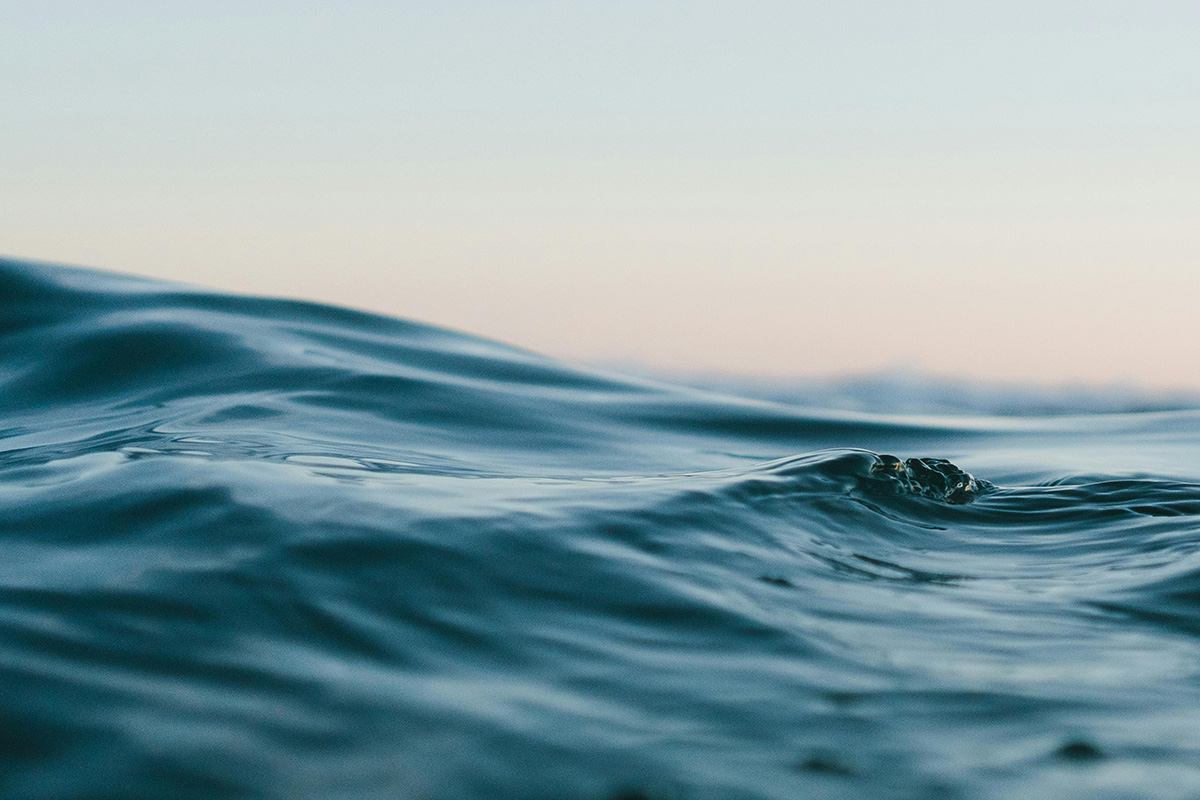
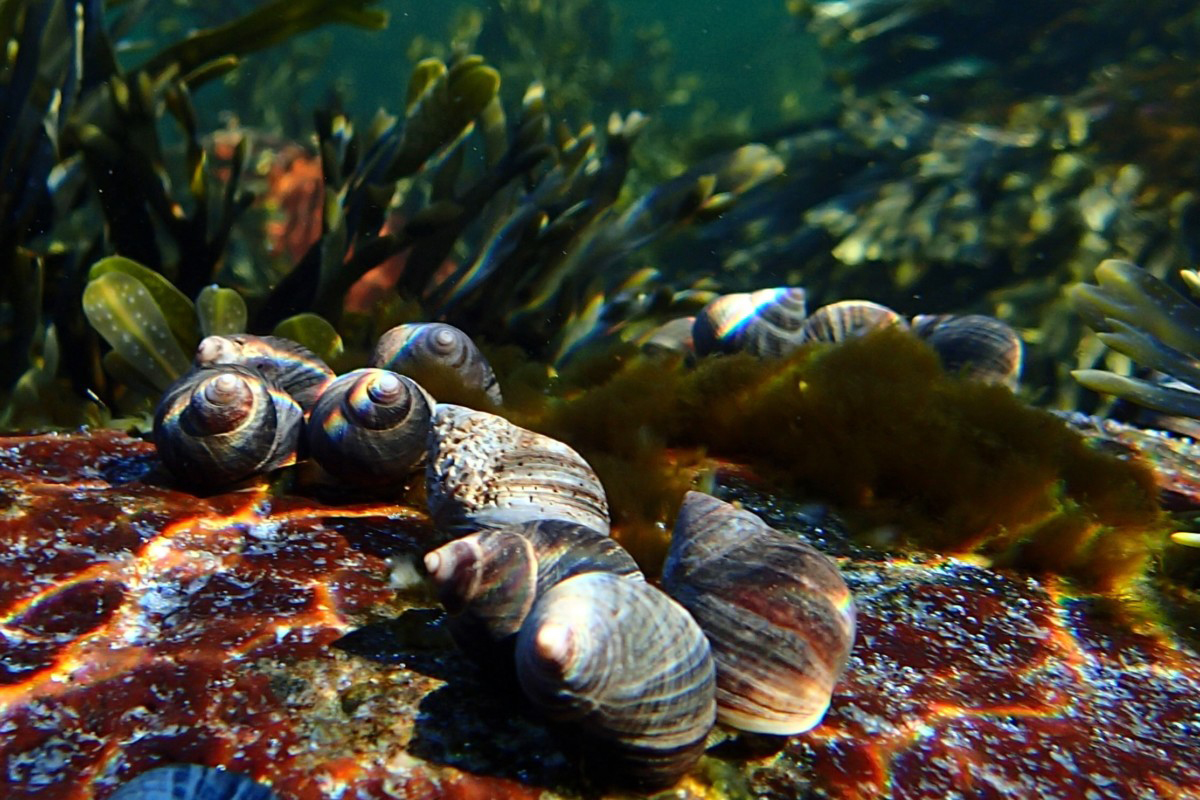
Commercial and recreational fishing
Shrimp trawling is the most important fishery in Telemark, both in terms of volume and value. It is conducted in deep water outside the national park. Recreational fishing is important for coastal culture and has value as a leisure activity and as a source of income for households. There is good fishing for sea trout in several places.
Agriculture
The owners of three farms on Jomfruland run cattle, horses and sheep. On Stråholmen there is a herd of sheep. With a long growing season, cattle and horses can be outside for much of the year. The sheep, which are of the Old Norwegian breed, are outdoors all year round.
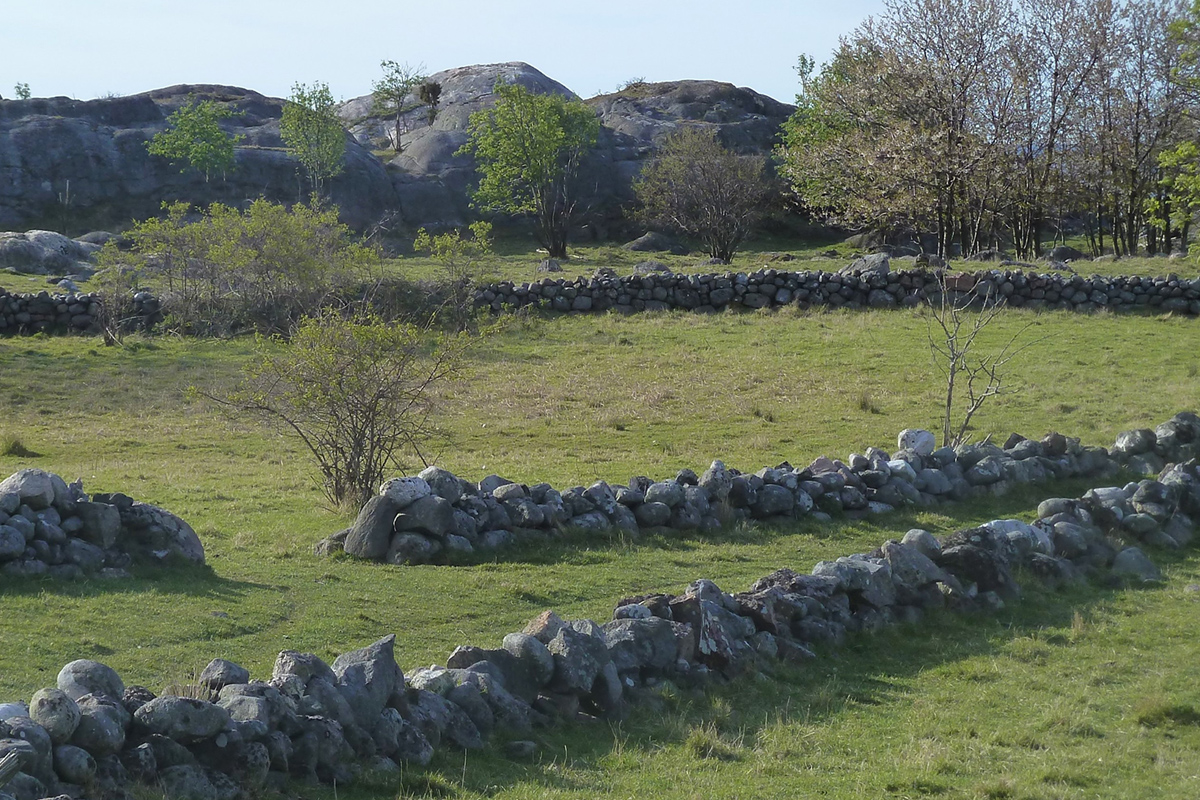
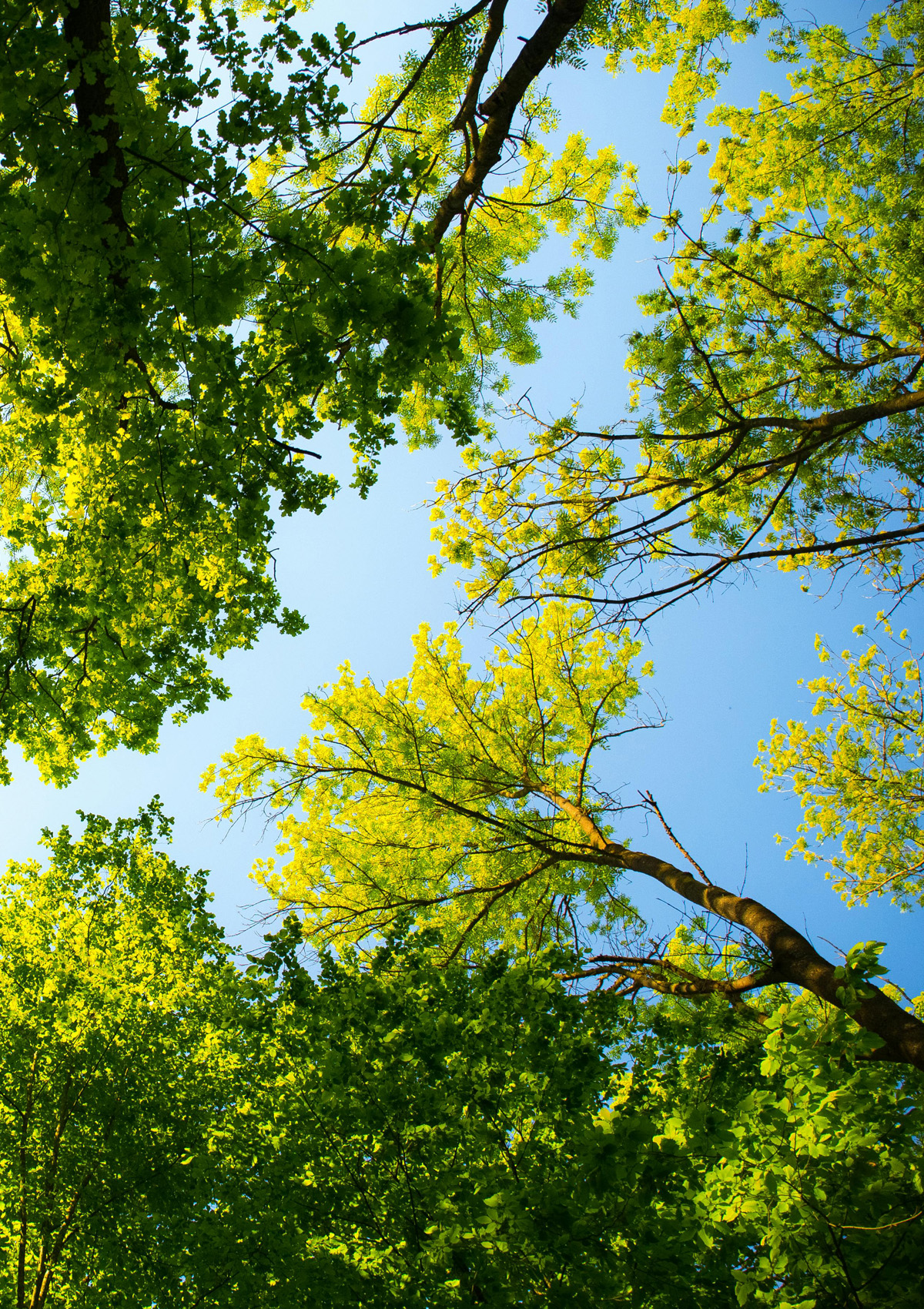
Seabirds and marine mammals
There are many seabirds in the shallow areas north of Stråholmen, between Jomfruland and Stråholmen and south of Jomfruland. There are several important breeding areas for seabirds in the national park and a permanent population of seals.
Onshore habitats
Jomfruland has perhaps the finest coastal forest garden fields in the country and large coastal scrub. The sandy coastal vegetation on Jomfruland is of national value, and the sand dunes are the largest in Norway. On Stråholmen there are salt marshes, seaweed and kelp beds and brackish water ponds of possible international value.
Species diversity on land
The land area of 2,600 hectares makes up only about two percent of the national park, but with a wide variety of habitats, the areas are very species-rich in a Norwegian context.
Jomfruland and Stråholmen are very important resting areas for birds during migration. In the north of Jomfruland and on Stråholmen, nightingales, whitethroats and occasionally whitethroats and rosefinches nest. Jomfruland Bird Observatory has recorded over 320 bird species. More have been recorded on Lista alone in Norway.
The national park is home to highly endangered plant species such as sea buckthorn, sodawort, strawberry clover, feathered hay moss and yellow horned poppy. The area is also one of the country's most important areas for plants with genetic resource value for food and agriculture.
The forest garden fields on Jomfruland are important for wood and field fungi. The old oak/hazel forest and oak giants are habitats for many beetle species.
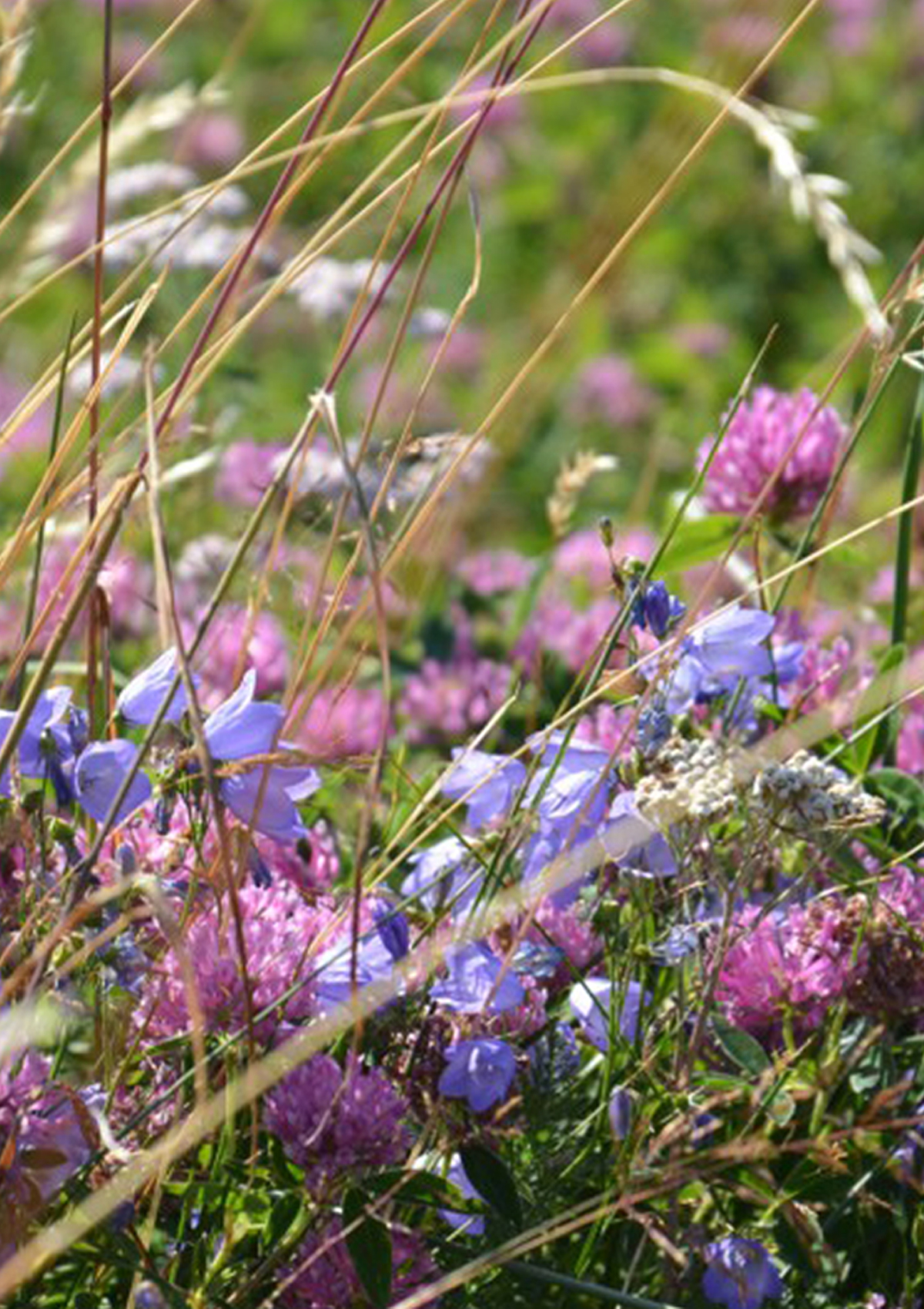
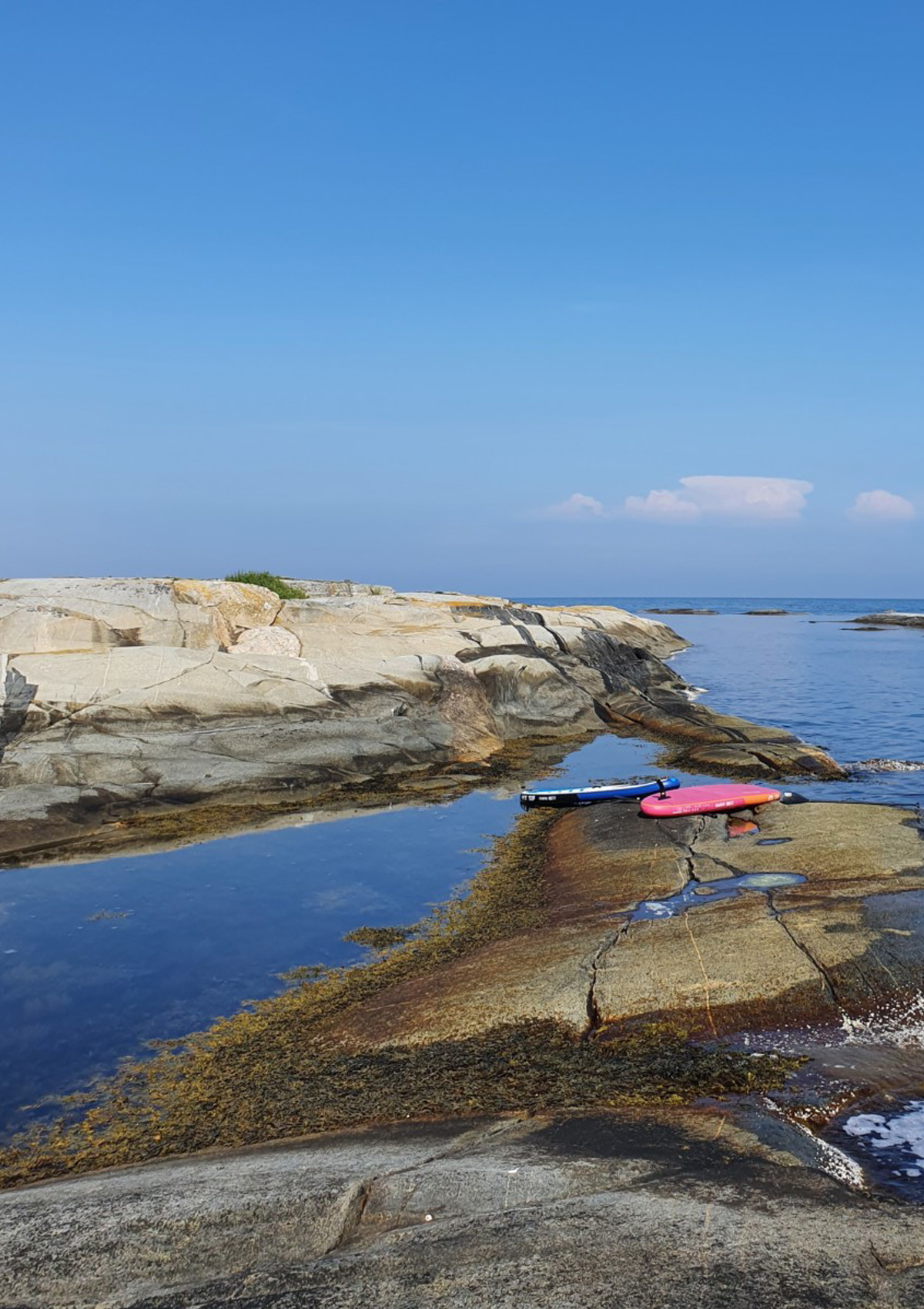
Ice and sea have shaped the landscape
Raet dominates the entire length of the national park, both in the sea and on land. The pebble beach outside Jomfruland is almost seven kilometers long and the longest open pebble beach in the Skagerrak area. In several places on the islets and at Stangnes, there are nice, even rocks and potholes.
Landscape values
There are many stone fences on both Stråholmen and Jomfruland that divide the landscape and give it its distinctive character. Approximately 700 hectares of the area in the national park on Jomfruland and Stråholmen are characterized by grazing, mowing and clearing over time. Several areas have national landscape value.
Cultural heritage
In addition to the stone fences, there are a few known older cultural monuments on land. There are probably a number of older cultural monuments that are not known. 18 cultural monuments from more recent times have been registered on Jomfruland and Stråholmen. In the sea, 12 shipwrecks from the period 1700 to 1928 have been registered.
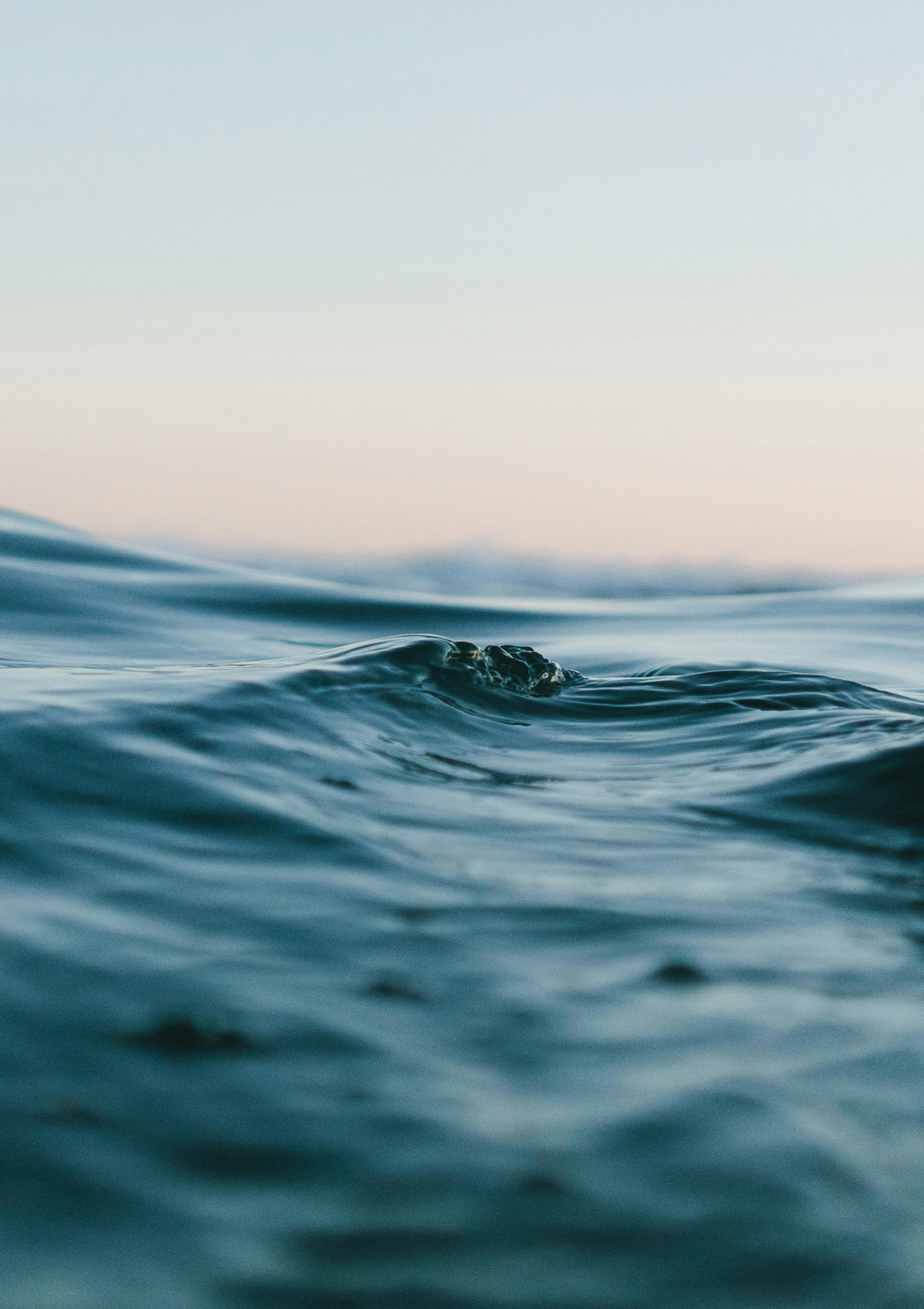

Commercial and recreational fishing
Shrimp trawling is the most important fishery in Telemark, both in terms of volume and value. It is conducted in deep water outside the national park. Recreational fishing is important for coastal culture and has value as a leisure activity and as a source of income for households. There is good fishing for sea trout in several places.
Agriculture
The owners of three farms on Jomfruland run cattle, horses and sheep. On Stråholmen there is a herd of sheep. With a long growing season, cattle and horses can be outside for much of the year. The sheep, which are of the Old Norwegian breed, are outdoors all year round.

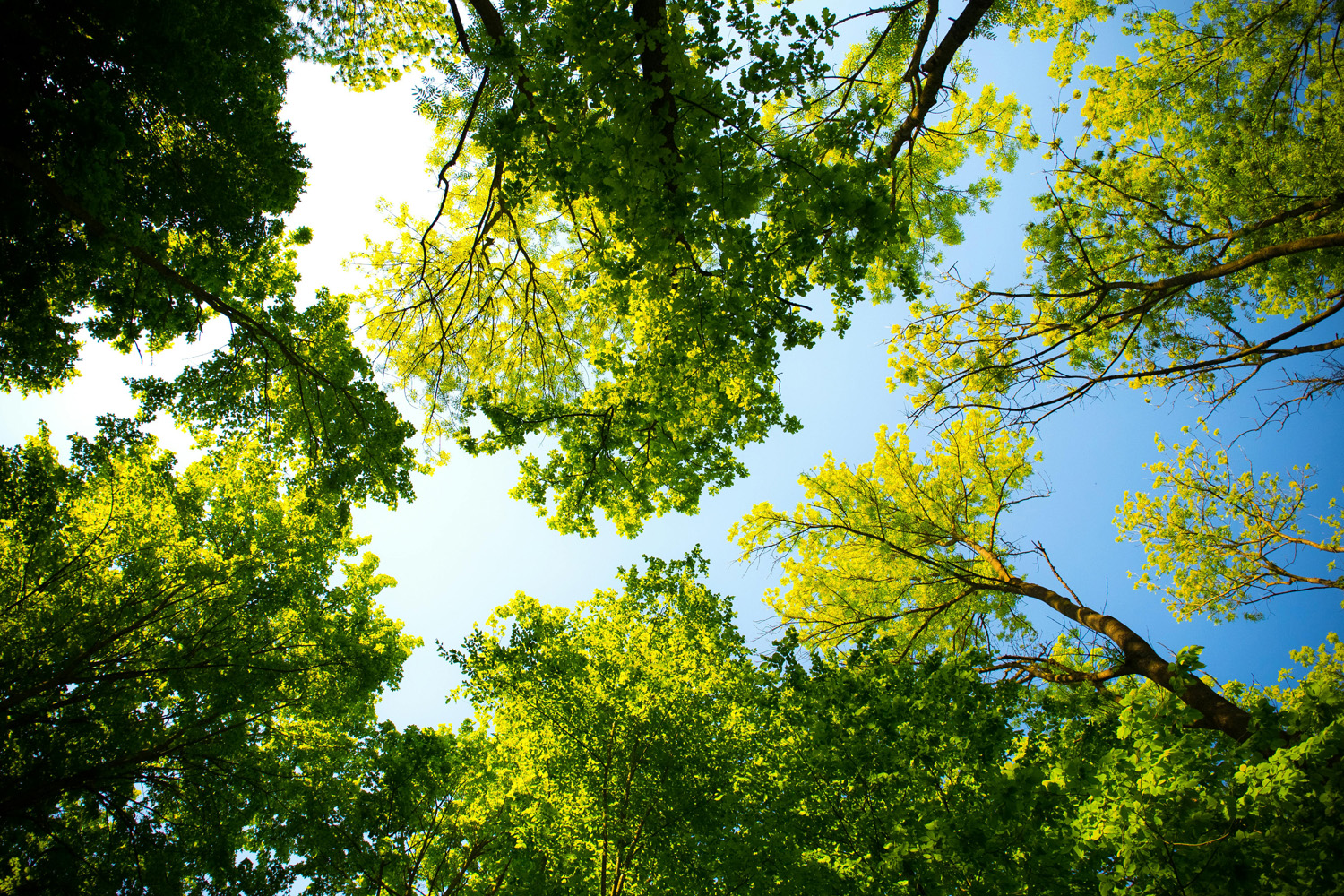
Seabirds and marine mammals
There are many seabirds in the shallow areas north of Stråholmen, between Jomfruland and Stråholmen and south of Jomfruland. There are several important breeding areas for seabirds in the national park and a permanent population of seals.
Onshore habitats
Jomfruland has perhaps the finest coastal forest garden fields in the country and large coastal scrub. The sandy coastal vegetation on Jomfruland is of national value, and the sand dunes are the largest in Norway. On Stråholmen there are salt marshes, seaweed and kelp beds and brackish water ponds of possible international value.
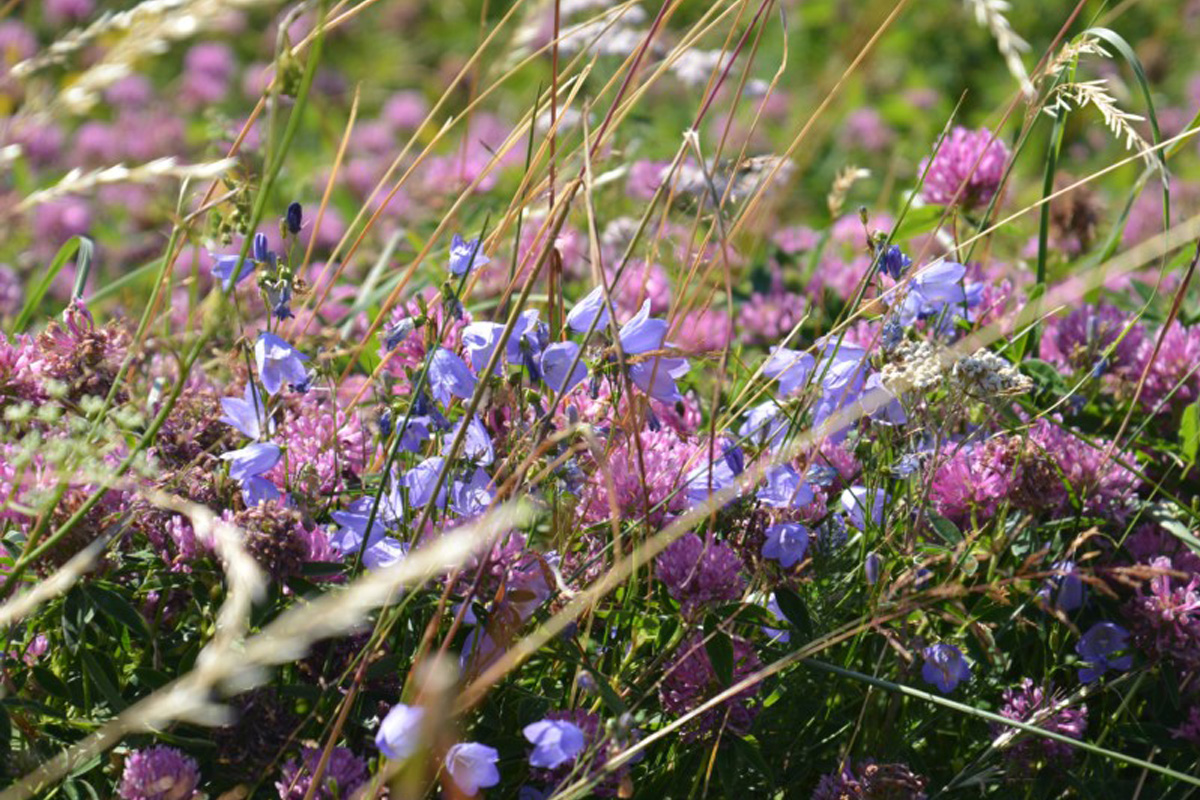
Species diversity on land
The land area of 2,600 hectares makes up only about two percent of the national park, but with a wide variety of habitats, the areas are very species-rich in a Norwegian context.
Jomfruland and Stråholmen are very important resting areas for birds during migration. In the north of Jomfruland and on Stråholmen, nightingales, whitethroats and occasionally whitethroats and rosefinches nest. Jomfruland Bird Observatory has recorded over 320 bird species. More have been recorded on Lista alone in Norway.
The national park is home to highly endangered plant species such as sea buckthorn, sodawort, strawberry clover, feathered hay moss and yellow horned poppy. The area is also one of the country's most important areas for plants with genetic resource value for food and agriculture.
The forest garden fields on Jomfruland are important for wood and field fungi. The old oak/hazel forest and oak giants are habitats for many beetle species. The dry areas on Jomfruland and Stråholmen are particularly important for pasture fungi. The open and sunny sandy ground north of Jomfruland is a hot spot for beetles and butterflies.
Taking all organism groups together, 154 species are listed on the Norwegian Red List.
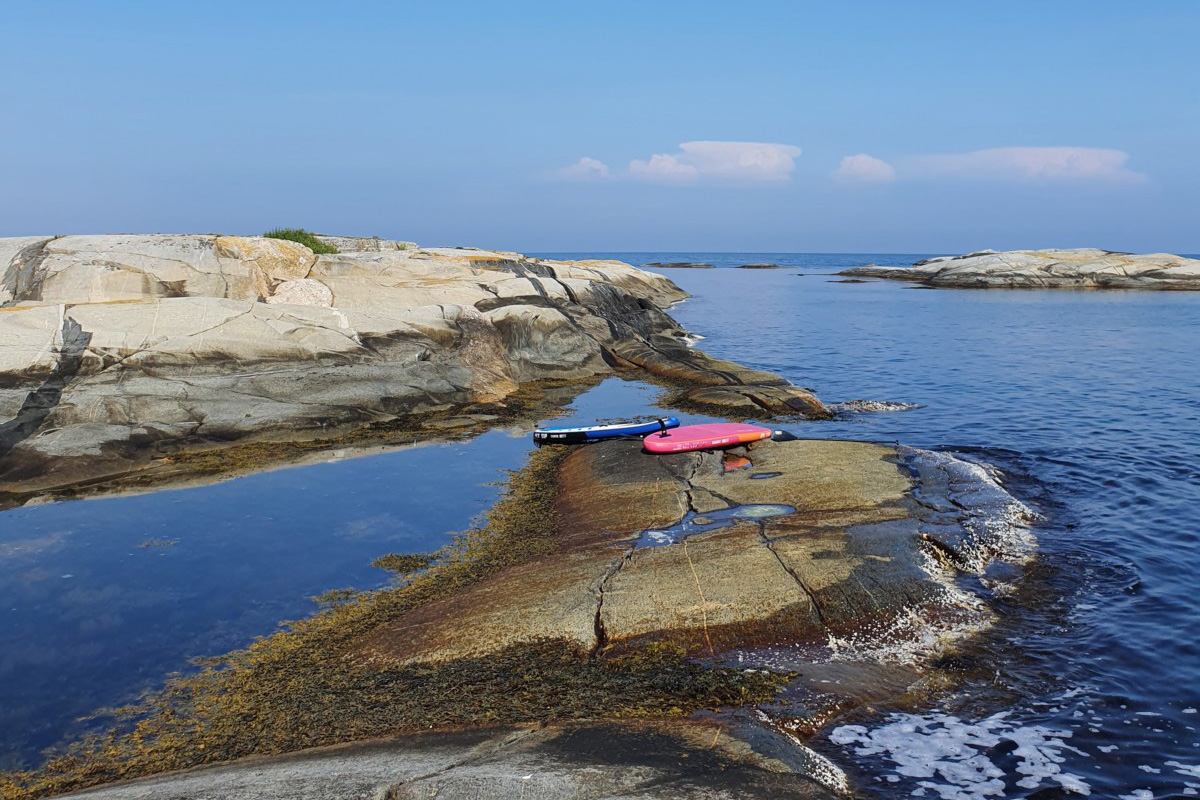
Ice and sea have shaped the landscape
Raet dominates the entire length of the national park, both in the sea and on land. The pebble beach outside Jomfruland is almost seven kilometers long and the longest open pebble beach in the Skagerrak area. In several places on the islets and at Stangnes, there are nice, even rocks and potholes.
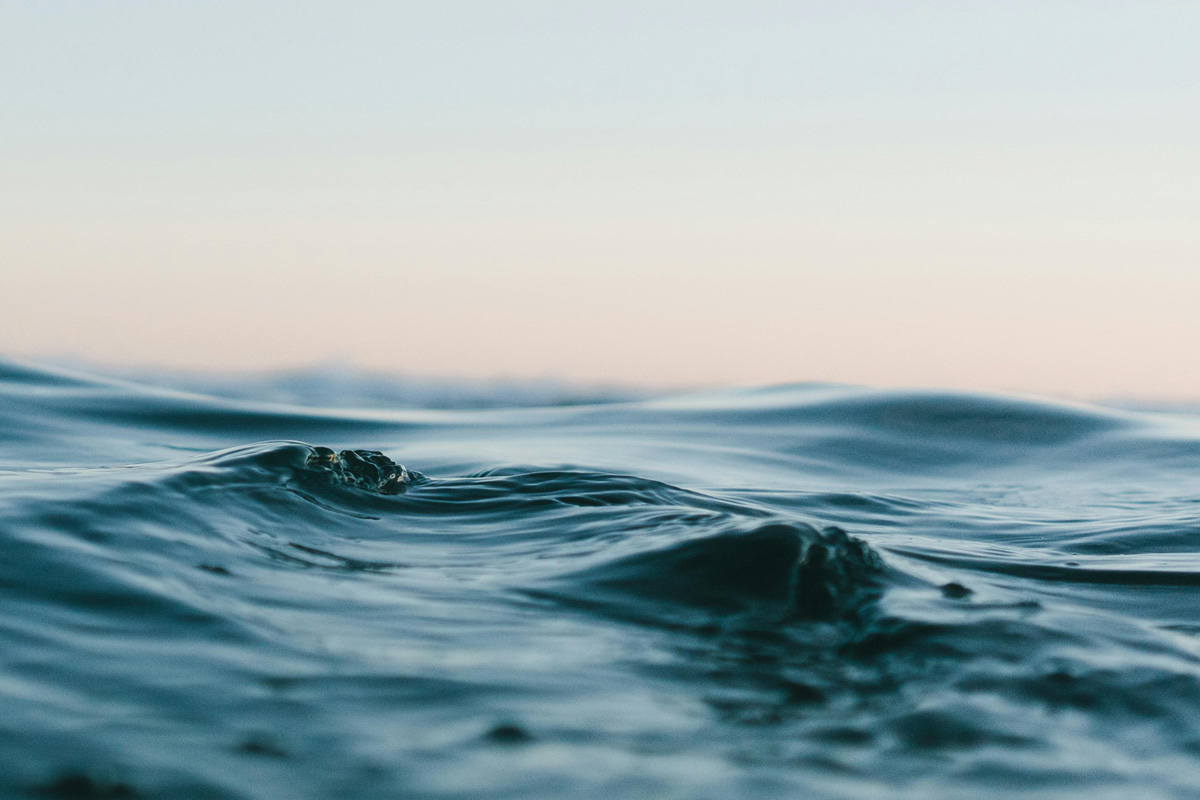
Landscape values
There are many stone fences on both Stråholmen and Jomfruland that divide the landscape and give it its distinctive character. Approximately 700 hectares of the area in the national park on Jomfruland and Stråholmen are characterized by grazing, mowing and clearing over time. Several areas have national landscape value.
Cultural heritage
In addition to the stone fences, there are a few known older cultural monuments on land. There are probably a number of older cultural monuments that are not known. 18 cultural monuments from more recent times have been registered on Jomfruland and Stråholmen. In the sea, 12 shipwrecks from the period 1700 to 1928 have been registered.
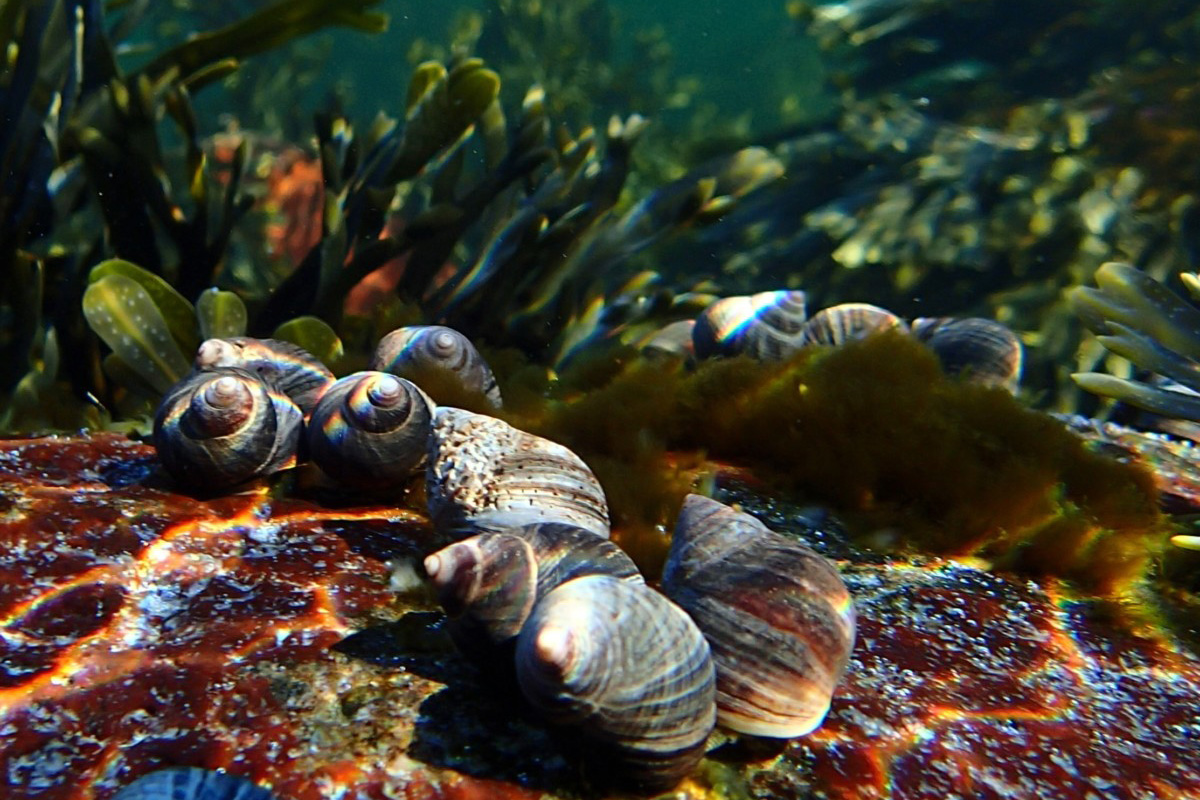
Commercial and recreational fishing
Shrimp trawling is the most important fishery in Telemark, both in terms of volume and value. It is conducted in deep water outside the national park. Recreational fishing is important for coastal culture and has value as a leisure activity and as a source of income for households. There is good fishing for sea trout in several places.
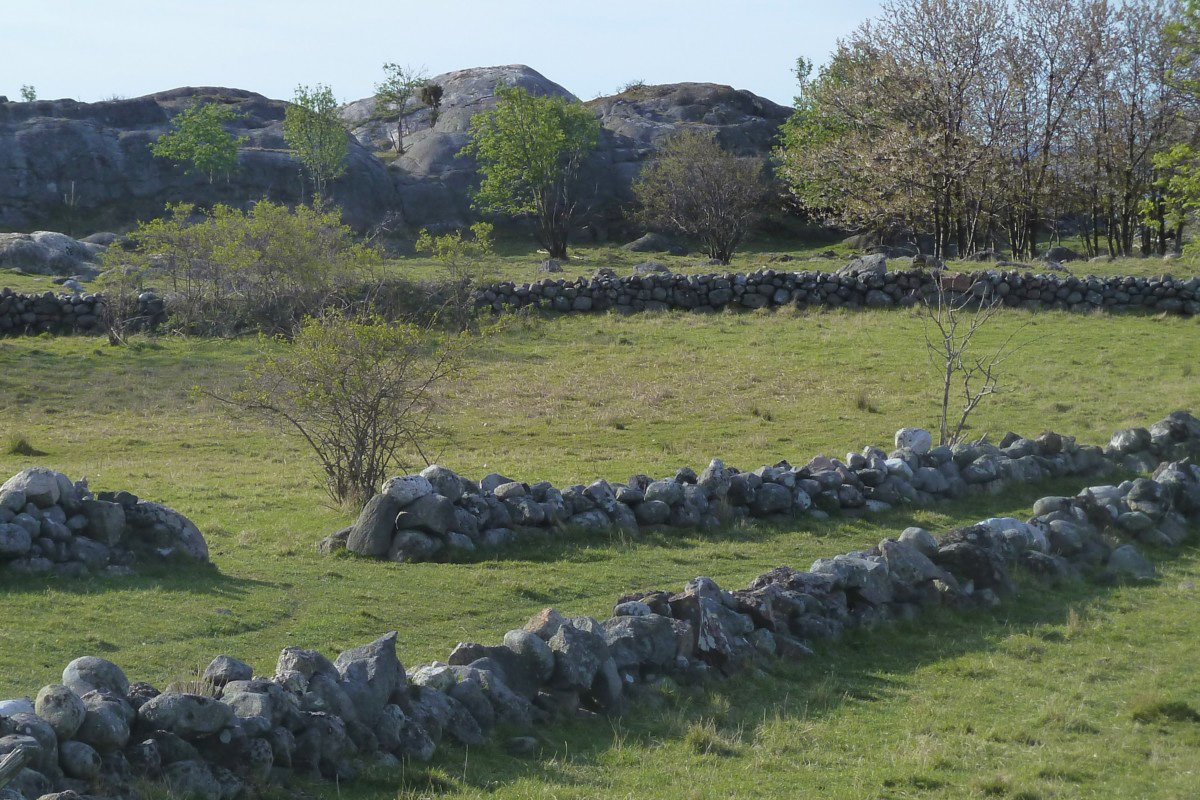
Agriculture
The owners of three farms on Jomfruland run cattle, horses and sheep. On Stråholmen there is a herd of sheep. With a long growing season, cattle and horses can be outside for much of the year. The sheep, which are of the Old Norwegian breed, are outdoors all year round.




